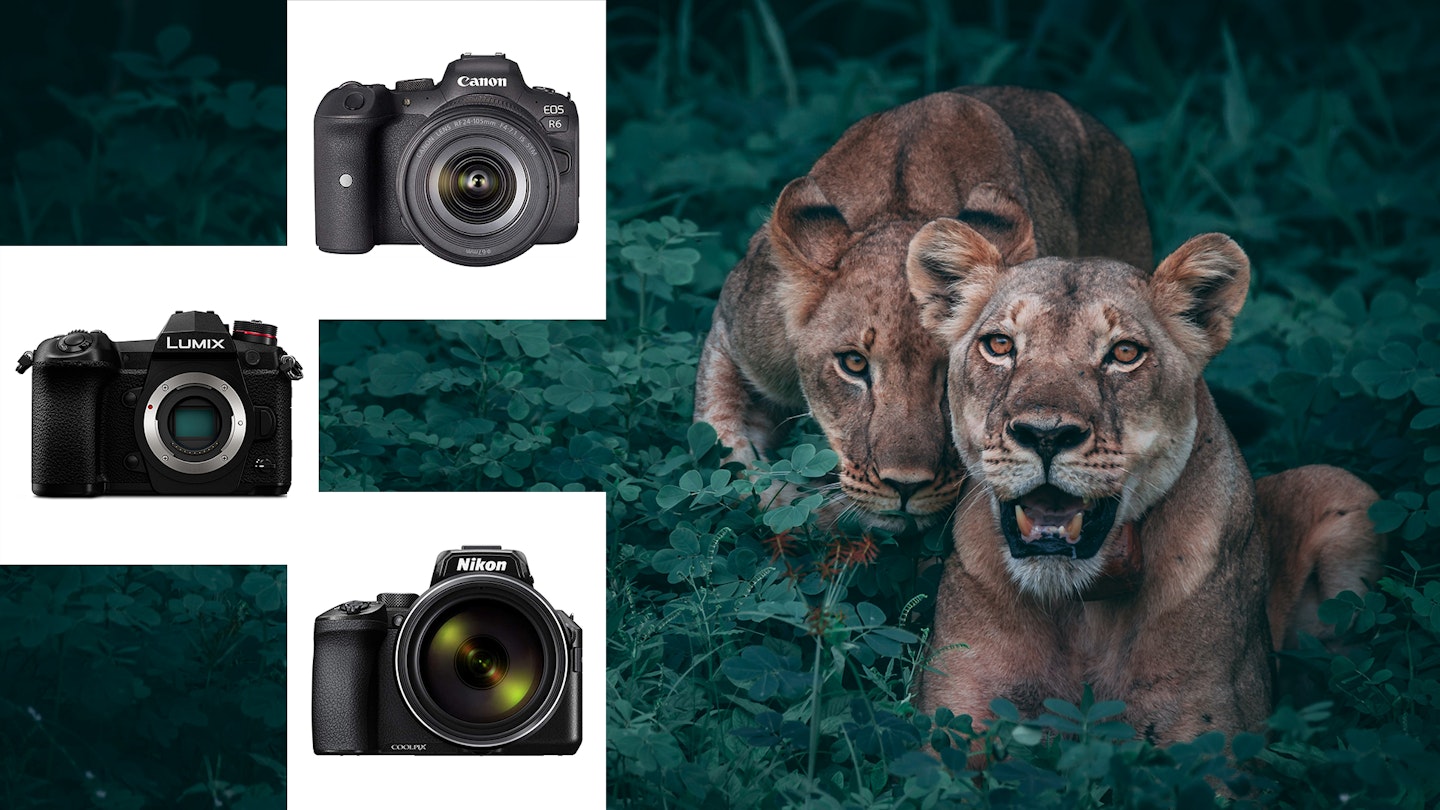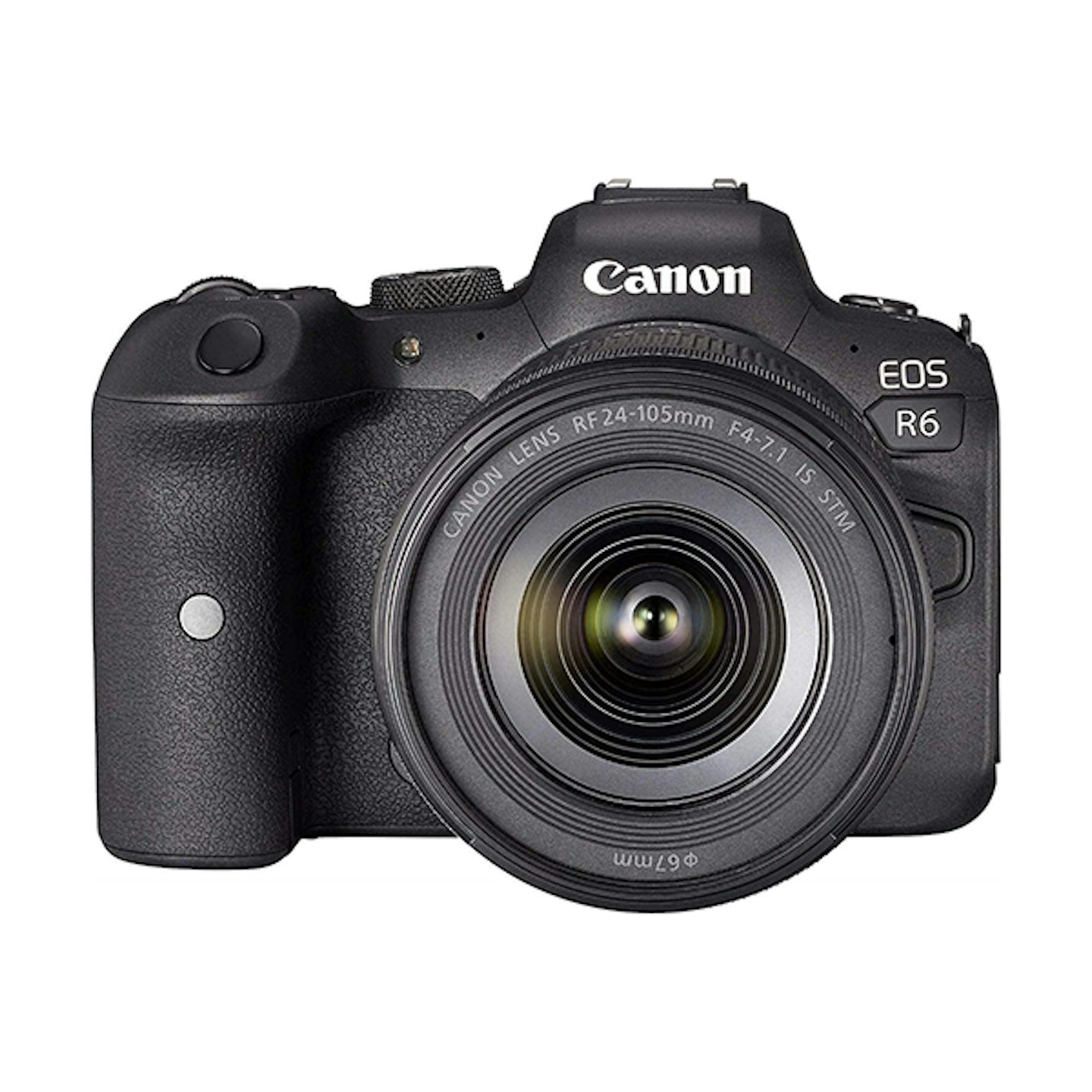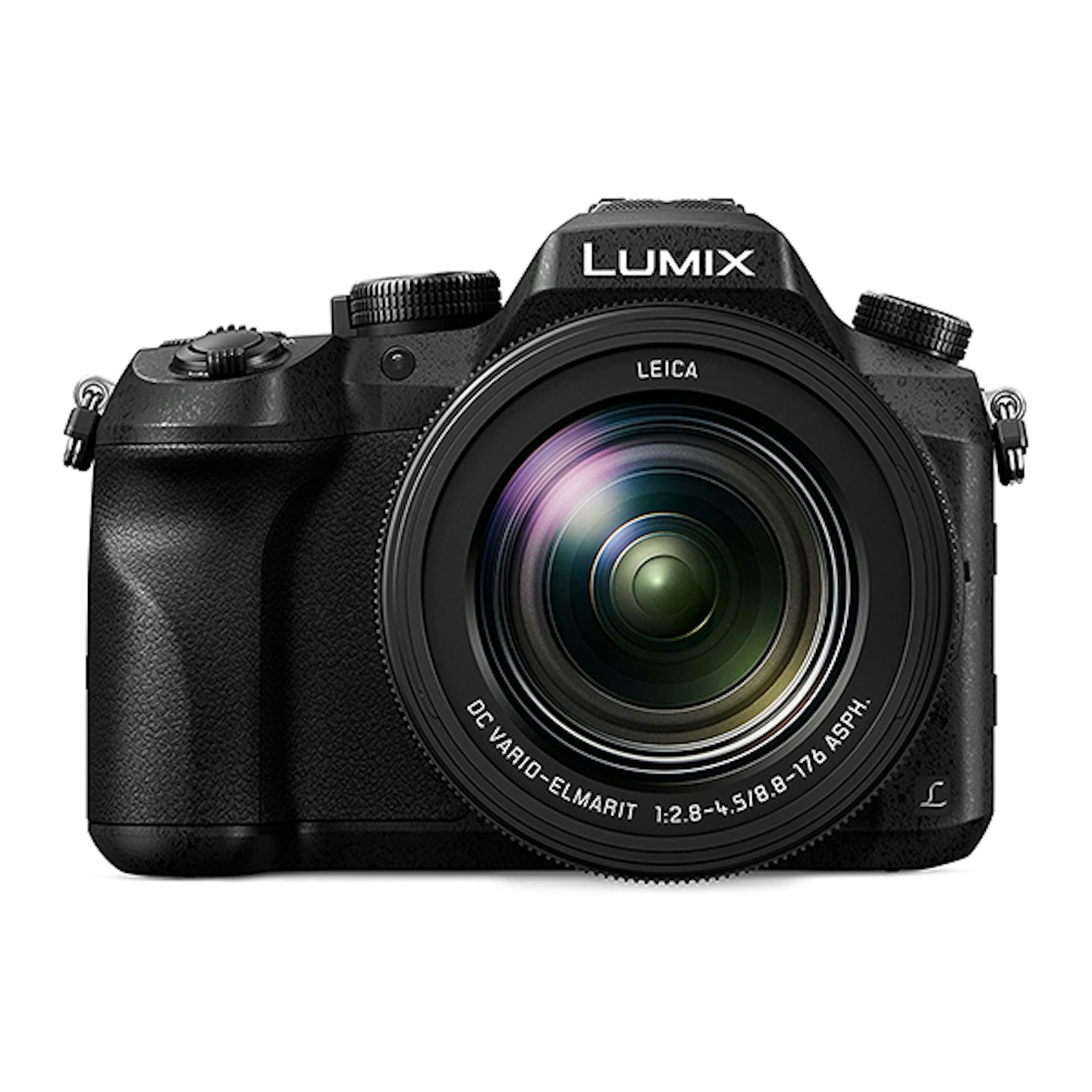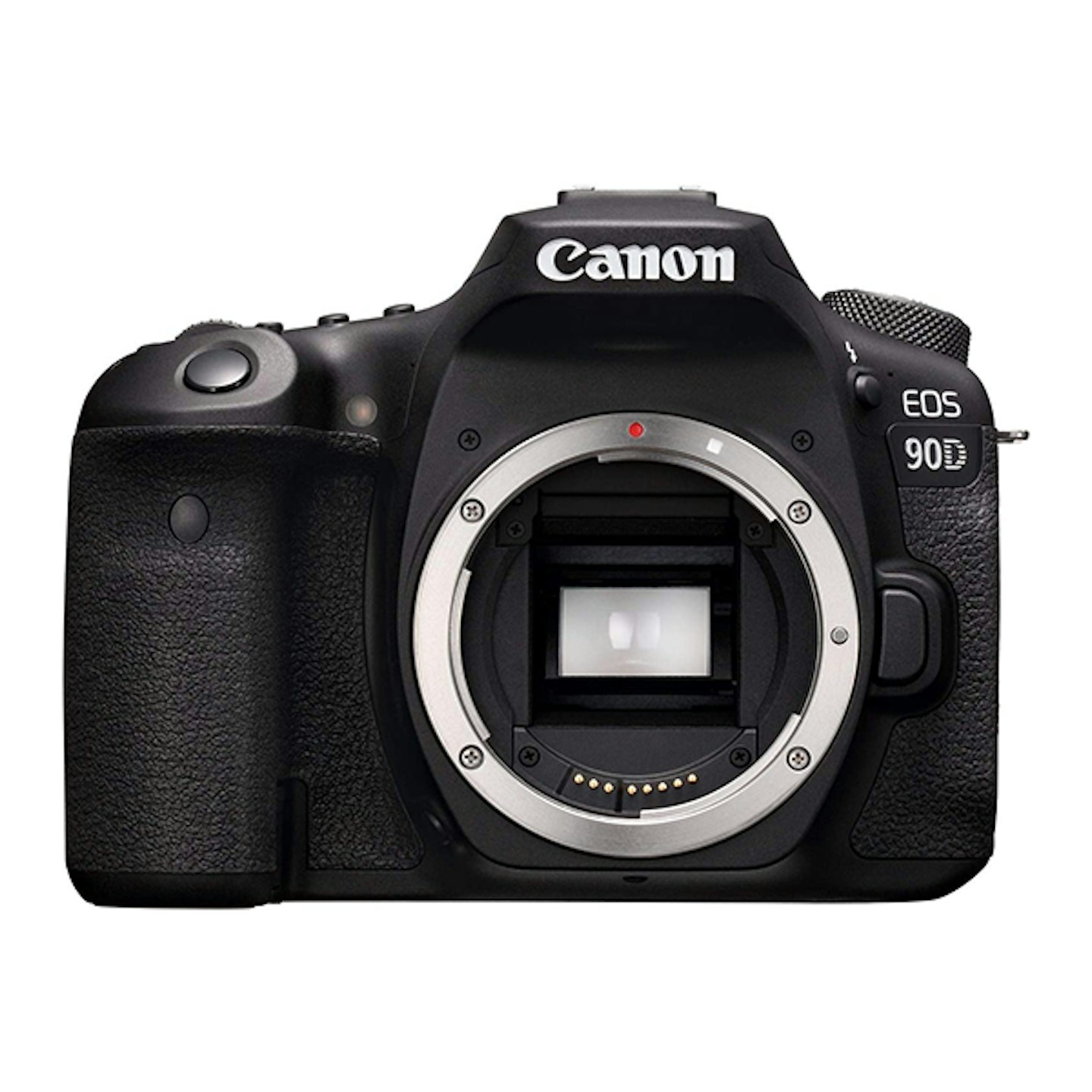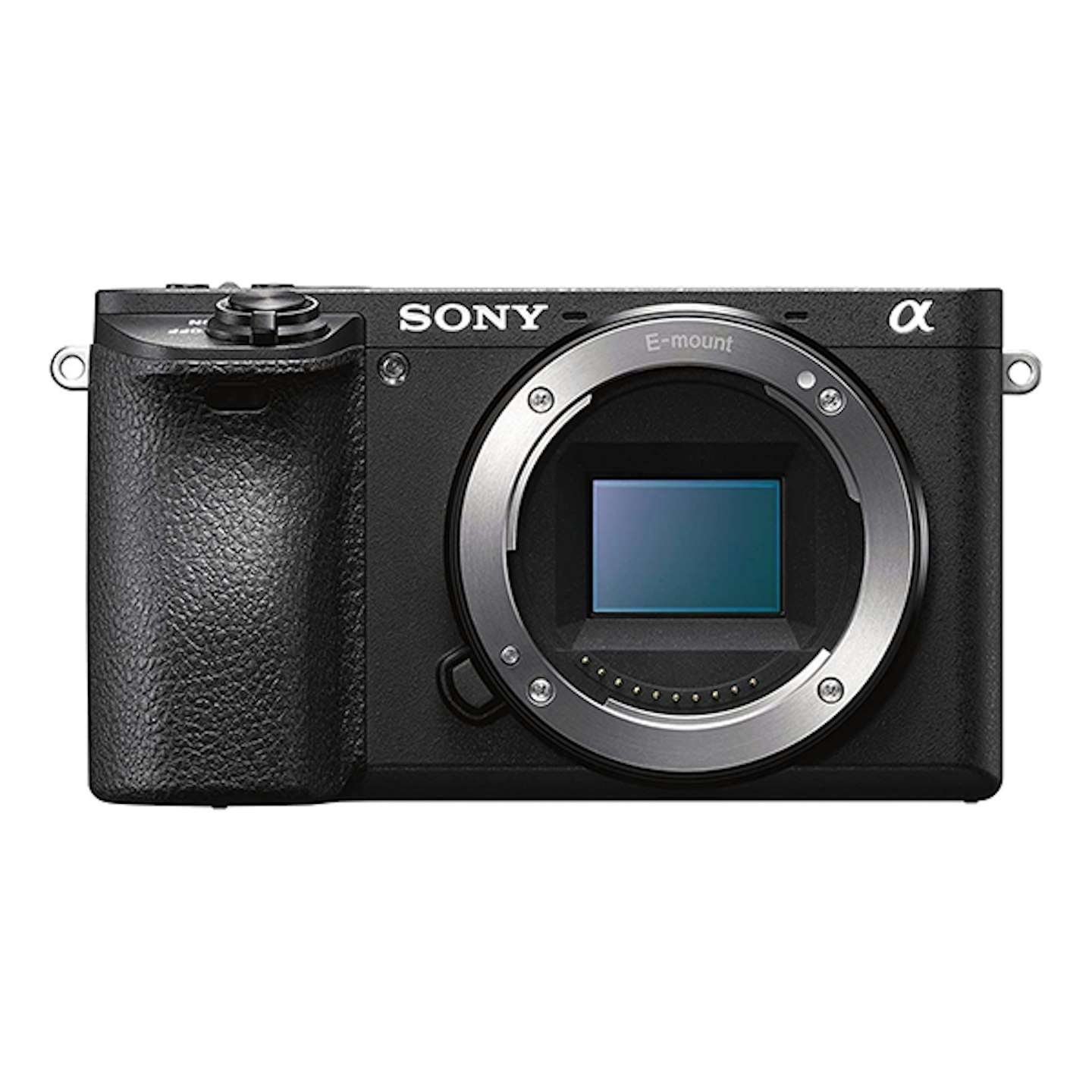Taking photographs of wildlife can be challenging. Partly because it requires a lot of patience, persistence, and attention to detail. What can, however, make it extremely worthwhile is not only being in the right place at the right time, but one of the best cameras specifically designed for those tough, unpredictable conditions.
Apart from selecting a camera that is quick and reliable, there are many features to look out for. To make things easier, we've shortlisted all the best wildlife cameras, from beginners to advanced photographers. We have also gathered all the underlying specifications your camera should have based on your own style and wildlife motives.
Jump to:
Criteria:
These are nine crucial factors to consider before purchasing your fast-action wildlife camera:
• Fast, responsive, and customisable autofocus: Consistent and accurate, buy a camera that covers enough of the frame, can focus in poor light and has a good AF tracking system.
• Burst mode/continuous shooting speed: A fast burst speed will help you get that split-second shot, and the more frames-per-second (FPS), the better.
• Good buffer depth: Working alongside burst, a good buffer depth will help you maximise the number of shots you can take in one single burst before your camera needs to pause.
• Lens range and selection: If your camera does not already have a built-in zoom lens, go for a camera that has a variety of telephoto lenses to choose from.
• Sensor size: Depending on whether you prefer a full-frame camera (cleaner, noise-free images in noise in low-light) or a camera with a smaller sensor (more reach from cropping), make sure you know the differences and which is your preferred choice.
• Weight and size: A camera with a larger sensor and lens will be heavier to carry and more expensive but will give you far higher results over a more compact, lighter alternative.
• Ergonomics: Choose a camera that you will be comfortable to operate as you will be flicking through different settings (focus modes, exposure, ISO, metering) in the spur of the moment. Make sure these are accessible!
• Camera quality and sealing: Ensure the camera will be fit for all uncontrollable and wet conditions.
• Battery life: Go for a camera model with longer battery life as fast-action photography in the field tends to eat up your battery quicker than you think.
Best wildlife cameras
Best overall
The Canon EOS R6 full-frame (read our review) is the best wildlife camera for any enthusiast wanting to take their photography to the next level. The camera has incredible autofocus and with the larger sensor, you are given an extensive range in not only high-contrast but low light situations. There is also a dedicated Animal AF mode, which if you ask us, is a massive win! These features, however, do come at a high price, but is well worth the investment. Canon also has a fantastic range of super-telephoto lenses available if the RF 24-105 lens is not suitable. The EOS R6 allows you to take 20 frames per second with 1053 AF points. The battery life, too, is impressive, giving you 360 shots per session.
Pros
- Advanced stabilisation
- Great AF System
Cons
- Low megapixel count
| Size: | 5.4 x 3.8 x 3.5 inches |
| Weight: | 680g (body) |
| Camera: | Full-frame mirrorless |
Editor’s pick
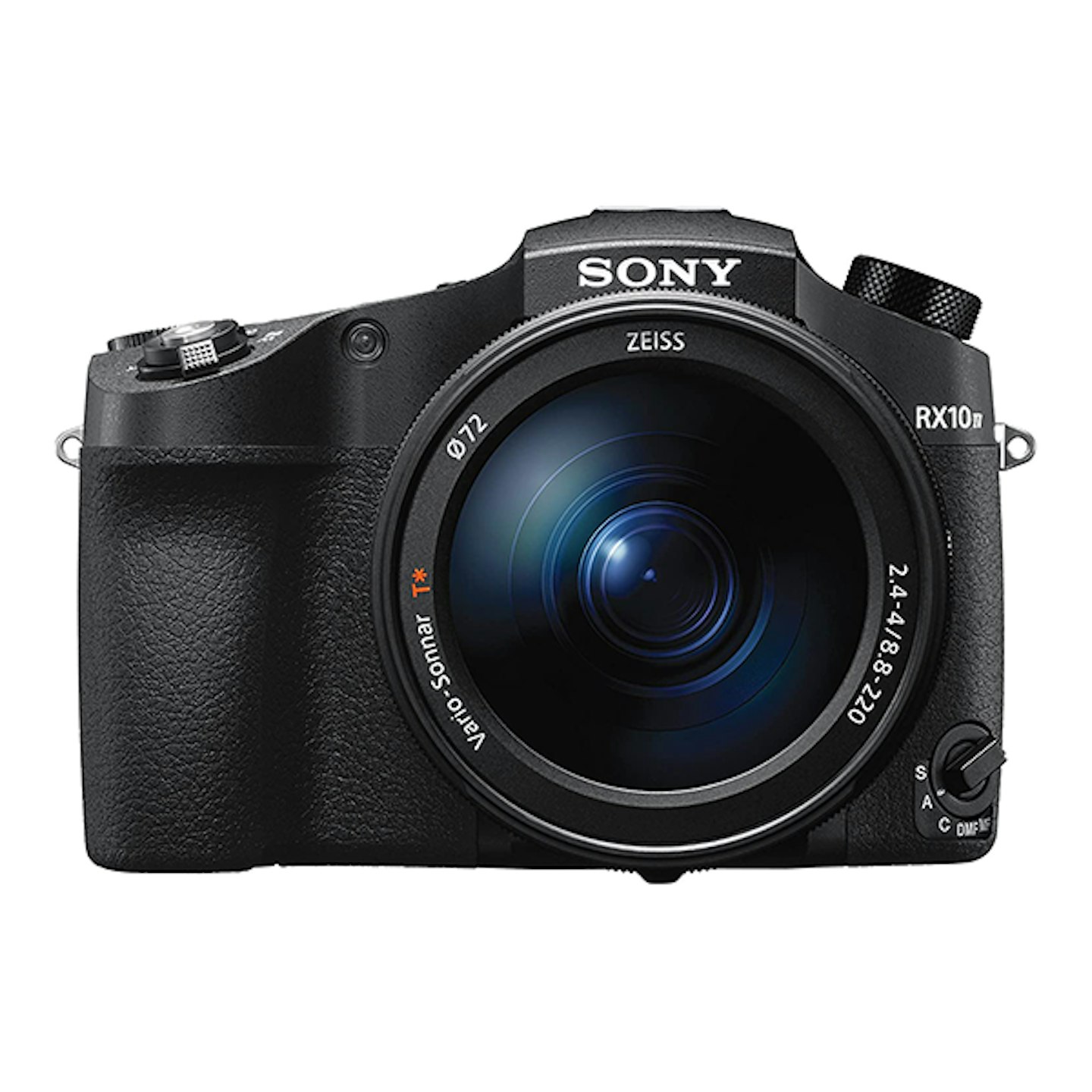
www.wexphotovideo.com
The Sony Cyber-Shot RX10 IV is the best wildlife camera for anyone looking for the full package. If you know you will be travelling and need it to be lightweight without compromising on the image quality and frame depth, then this could be the one for you. It has an extraordinary 1-inch sensor, an Auto Focus system (315 AF points), and zoom lens range. Especially this 24-600mm f/2.4-4 lens. Along with 24fps shooting, with a burst rate of 24fps and buffer of 112 shots (raw), this would set you up for some exceptional wildlife adventure.
Pros
- Impressive photo and video quality
- Incredibly fast 24-600mm lens
Cons
- Limited touchscreen
| Size: | 5.24 x 3.7 x 5.71 inches |
| Weight: | 1095g |
| Camera: | Compact |
Best wildlife bridge camera
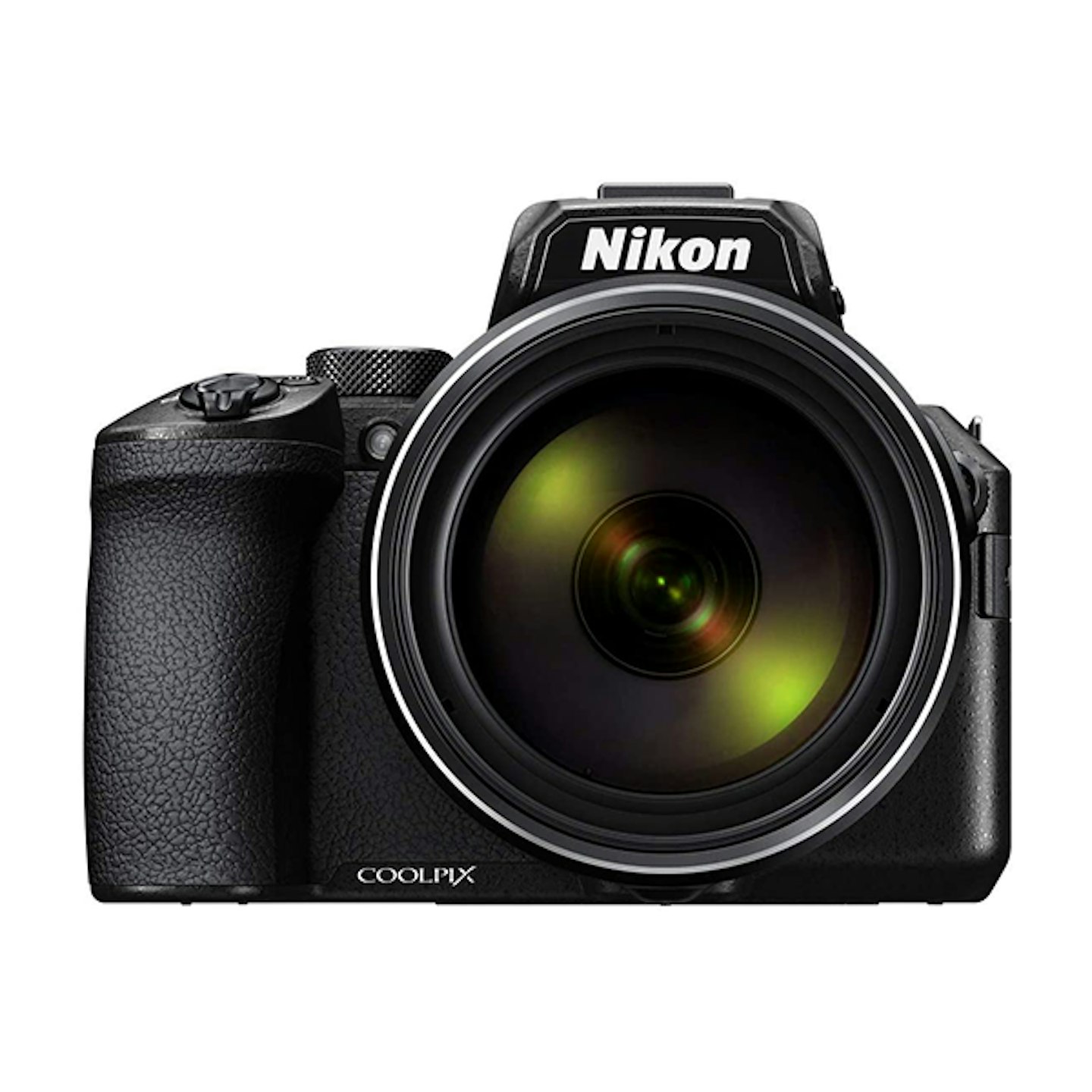
The Nikon Coolpix P950 is the best wildlife bridge camera for its lens quality and colossal zoom range. This model with its 24-2000mm f/2.8-6.5 lens beats most of its competitors with its 83x optical zoom lens. it's very convenient for when you spot a dangerous species in the distance, want the detail but not prepared to go any closer. Although these features are great, the bridge camera is quite the item to lag around, with its u00bd.3-inch sensor along with its contrast detect autofocus and burst rate of 7fps, if weight is an issue. The image quality too could be improved and an additional touchscreen included for that level of equipment.
Pros
- Incredible screen articulation
- Large zoom range and selection
Cons
- Not so great image quality
- No touchscreen
| Size: | 5.51 x 4.33 x 5.91 inches |
| Weight: | 1005g |
| Camera: | Compact |
Best value
The Panasonic Lumix FZ2500 / FZ2000 is the best wildlife bridge camera for versatility, with its 20x zoom and is great for photographers fairly new to shooting anything fast-action. Being very much value for money, this camera model has optimal functionality and comes with a decent 16x optical zoom lens (24-480mm) which never seems to disappoint even with a high aperture and zoom length. It also has a 1-inch-high quality sensor, great burst modes (with a rate of 12fps) and 4k 30p video, which is very handy when grabbing stills from it later on. Spec: Size: 5.42 x 4.01 x 5.3 inches Weight: 996gCamera: Compact
Pros
- Terrific image quality
- Great zoom range and selection
Cons
- Poor battery life
- Heavy noise reduction
Best all rounder
The Canon EOS 90D is the best wildlife camera and all-rounder body with high performance and a quality sensor. Recognised as quite the progressive piece of tech for Canon and a big upgrade from its predecessor (EOS 80D), it has many features such as un-cropped 4k video, 32.5MP APS-C sensor, a burst rate of 10fps and buffer of 25 shots (raw). Let us also not forget you can take 1,300 shots over one battery life and have a lavish touchscreen interface. The 45-point phase-detect AF system also comes into play nicely with the rear screen and Canon's Dual Pixel AF technology.
Pros
- 4k video uncropped
- Vari-angle touchscreen
Cons
- Poor buffer capacity
- Heavy
- JPEG noise reduction
| Size: | 140.7 x 104.8 x 76.8mm |
| Weight: | 701g |
| Camera: | DSLR |
Recommended

The Panasonic G9 is another favourite wildlife camera and the best Micro Four Thirds camera you can buy. Being value for money, this model has a bunch of impressive features such as the ability to take high-quality images as well as 4k 60p video. It has 20.3MP image resolution, extensive range, and a 5-axis built-in image stabilization which when paired with the equivalent lens with optical stabilization, you can reach up to 6.5 stops of correction. The four-thirds sized sensor has a crop factor of 2.0x, a continuous autofocus and a decent shutter (9 fps but can go up to 20fps on an electronic shutter).
Pros
- Decent image quality
- Fast shooting speeds
Cons
- No phase-detection autofocus
- 4k60p 10-minute video limit
| Size: | 5.39 x 3.82 x 3.62 inches |
| Weight: | 658g |
| Camera: | SLR-style mirrorless |
Recommended
The Sony a6500 APS-C shooter is the best wildlife camera and the most affordable you are going to get in the full-frame sector. Super quick (11 fps) and reliable, this mirrorless model is known for being very lightweight with fantastic autofocus coverage. Along with its Alpha seven range and 425 points spread across the frame, you will be able to capture the most unpredictable wildlife. With its ideal APS-C sensor and optimal focus length, this really is an impressive piece of camera gear. The battery life (350 shots per charge), however, could be improved.
Pros
- Lightweight
- Accurate and fast
Cons
- Limited physical controls
- Misleading menus
| Size: | 4.7 x 2.6 x 2.1 inches |
| Weight: | 453g |
| Camera: | Full-frame mirrorless |
Recommended

www.parkcameras.com
Finally, the Canon EOS 1D X Mark III is an absolute standout for wildlife photography. Feature-rich, it is designed for advanced wildlife photographers who are at the top of their field. Not only does it have a 20.1 MP CMOS sensor which makes incredibly high-quality images (with low-noise even with a high ISO) but 5.5k video, a 191-point AutoFocus system and a Dual Pixel CMOS AF (which is even better when using Live View). This AF system and the phase-detection AF (face detection to tracking systems) is really what differentiates the camera from its competitors, along with its insane speed and versatility. A true winner if you are wanting something next level.
Pros
- Incredible AF system
- Excellent zoom range and selection
Cons
- Large and heavy
- Electronic shutter reduces dynamic range
| Size: | 6.22 x 6.6 x 3.25 inches |
| Weight: | 1250g (body) |
| Camera: | Full-frame DSLR |
